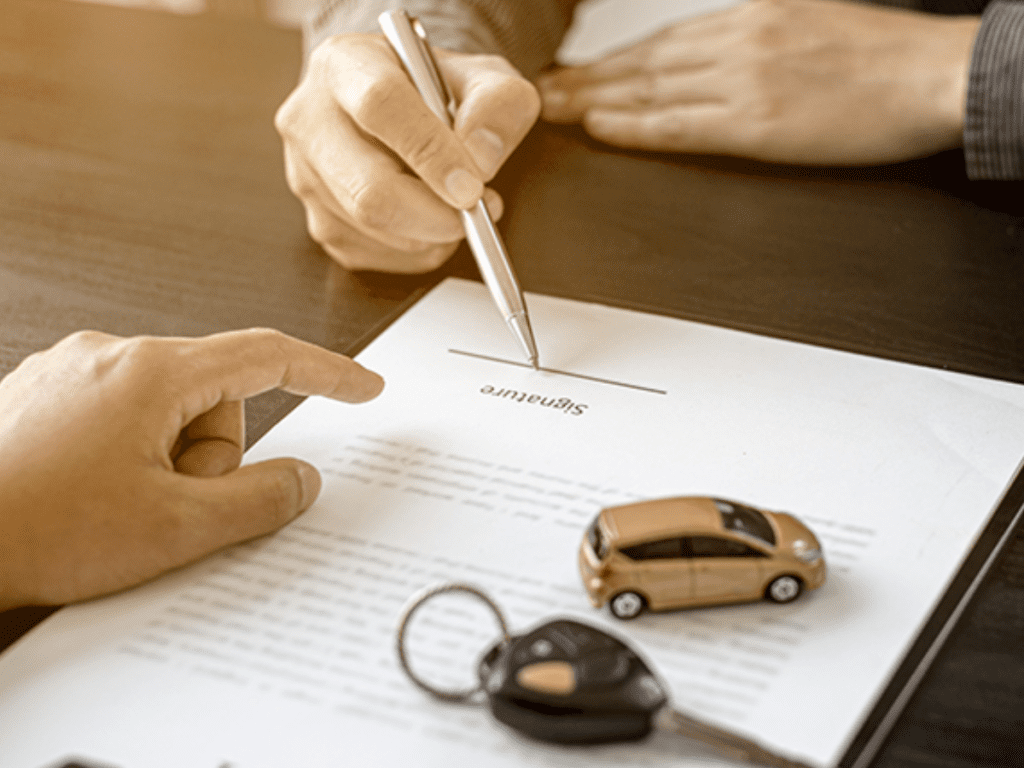Table of Contents
ToggleIntroduction
Car insurance is a crucial aspect of responsible driving, especially for new drivers who may not be fully aware of the various factors that impact their coverage and costs. As a new driver, obtaining the right insurance policy at an affordable price requires careful research and an understanding of how insurance companies assess risk. This guide will provide essential tips to help new drivers secure the best coverage at the lowest price.
Why Is Car Insurance Expensive for New Drivers?
New drivers typically pay higher premiums compared to experienced drivers. This is due to the increased risk associated with their lack of experience on the road. Insurance companies rely on historical data, which shows that new drivers are more likely to be involved in accidents than seasoned drivers. Other factors that contribute to higher premiums include age, type of vehicle, and geographic location.
Types of Car Insurance Coverage
Before choosing an insurance policy, it is essential to understand the different types of coverage available. The main types of car insurance coverage include:
- Liability Coverage: This covers damages or injuries you cause to other people and their property. Most states require this as a minimum.
- Collision Coverage: This pays for repairs to your car in the event of an accident, regardless of who is at fault.
- Comprehensive Coverage: This covers damages to your vehicle from non-collision incidents such as theft, vandalism, or natural disasters.
- Personal Injury Protection (PIP): This covers medical expenses and lost wages for you and your passengers after an accident.
- Uninsured/Underinsured Motorist Coverage: This protects you if you are involved in an accident with a driver who has little or no insurance.
Factors That Affect Car Insurance Premiums
Several factors influence how much you will pay for car insurance as a new driver:
- Age and Experience: Younger drivers and those with less driving experience generally pay higher premiums.
- Driving Record: Any history of traffic violations or accidents can lead to higher insurance rates.
- Type of Car: High-performance and luxury vehicles tend to cost more to insure than economy cars.
- Location: Living in an area with high traffic density or a high crime rate can increase premiums.
- Credit Score: In some states, insurance companies use credit scores to determine risk levels.
How to Get Affordable Car Insurance as a New Driver
There are several strategies new drivers can use to reduce their insurance costs:
- Compare Quotes from Multiple Insurers: Insurance rates vary among companies, so getting multiple quotes can help find the best deal.
- Choose a Higher Deductible: Opting for a higher deductible can lower your monthly premiums, but be sure you can afford to pay the deductible if needed.
- Take a Defensive Driving Course: Many insurers offer discounts to drivers who complete an approved defensive driving course.
- Bundle Policies: If you have other types of insurance, such as renters or homeowners insurance, bundling them with your auto policy can provide discounts.
- Maintain a Good Driving Record: Avoiding accidents and traffic violations can lead to lower premiums over time.
- Opt for a Safe and Affordable Vehicle: Choosing a car with good safety ratings and lower repair costs can help reduce insurance expenses.
- Limit Mileage: Some insurance companies offer lower rates to drivers who do not use their car frequently.
- Ask About Discounts: Many insurers provide discounts for students with good grades, military members, or drivers with anti-theft devices installed in their vehicles.
The Role of Telematics and Usage-Based Insurance
Usage-based insurance (UBI) programs use telematics devices or mobile apps to monitor driving habits. Insurers assess factors such as speed, braking, and time of driving to determine risk levels. Safe drivers can benefit from significant discounts by enrolling in these programs.
Choosing the Right Insurance Provider
When selecting an insurance provider, it is important to consider factors beyond just price. Look at customer service ratings, claim processing times, and financial stability of the company. Reading reviews and asking for recommendations can also help in making an informed decision.
Common Mistakes New Drivers Should Avoid
- Not Shopping Around: Sticking with the first insurance company you come across may lead to higher costs.
- Underinsuring Your Vehicle: Opting for the minimum required coverage may leave you financially vulnerable in case of a major accident.
- Ignoring Discounts: Many drivers miss out on discounts simply because they do not ask their insurers about available options.
- Providing Inaccurate Information: Giving false details about driving history or vehicle usage can lead to claim denials or policy cancellations.
- Failing to Read Policy Terms: Understanding what is covered and what is not can prevent surprises in case of an accident.
When Should You Consider Switching Insurance Providers?
There are certain situations where switching insurance providers might be beneficial:
- Rates Increase Significantly: If your premiums increase without a valid reason, it might be time to look for a new provider.
- Better Discounts Are Available Elsewhere: Some insurers may offer better discounts based on your profile.
- Customer Service Issues: If you experience poor service or claim denials, switching to a more reliable provider is advisable.
- Changes in Your Driving Habits: If you start driving less, you might qualify for a low-mileage discount with a different insurer.
Final Thoughts
Getting car insurance as a new driver may seem overwhelming, but with the right knowledge and approach, it is possible to secure affordable coverage without compromising on protection. By comparing quotes, taking advantage of discounts, maintaining a clean driving record, and choosing a safe vehicle, new drivers can significantly lower their insurance costs. Remember, the key is to stay informed and proactive in managing your insurance policy.

